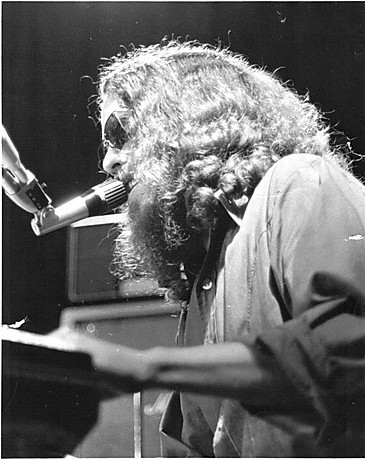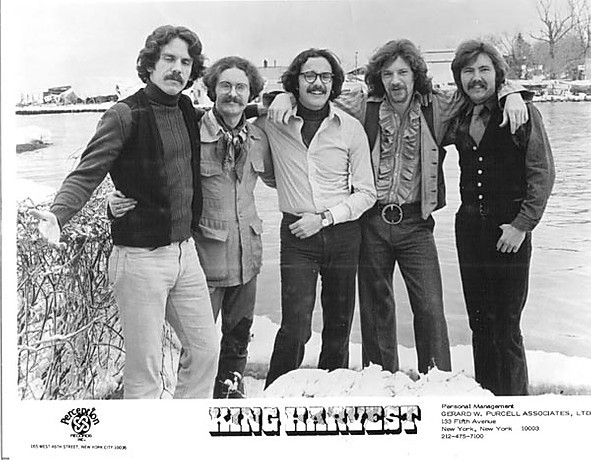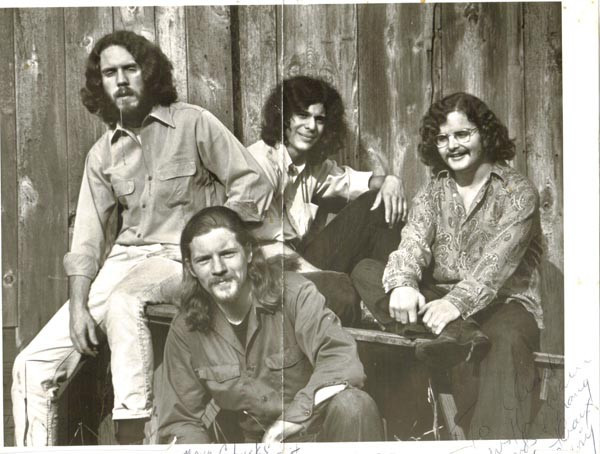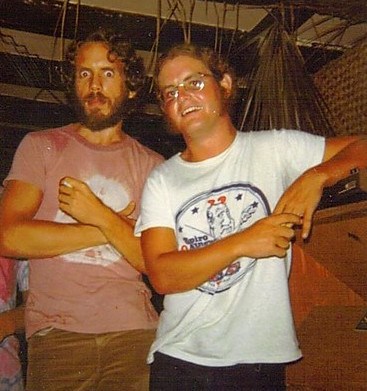“Dancing in the Moonlight” – the very phrase evokes images of carefree nights, joyous celebrations, and an almost magical sense of serenity. This beloved song, a staple of feel-good playlists and singalongs for decades, carries a surprisingly poignant and dramatic backstory, far removed from the lighthearted vibe it exudes. Originally penned by Sherman Kelly, the song’s journey from a personal trauma to a global hit is a testament to the power of music to transform adversity into enduring beauty. Let’s delve into the captivating tale behind “Dancing in the Moonlight,” a song that continues to enchant listeners across generations.
From Cancelled Concerts to YouTube Discoveries
The inspiration to revisit the story of “Dancing in the Moonlight” came unexpectedly. Like many music enthusiasts, the prospect of live concerts was put on hold. A highly anticipated triple bill featuring Pure Prairie League, Poco, and Orleans was sadly cancelled, a common occurrence in recent times. In the lead-up to what should have been a weekend of musical bliss, exploring YouTube videos of these bands became a way to keep the spirit alive. It was during this digital exploration, while watching Orleans perform, that a comment from Sherman Kelly himself surfaced, sparking an intriguing question: What is the real story behind “Dancing in the Moonlight”?
A Yacht Trip Gone Wrong and a Night on the Beach
The genesis of “Dancing in the Moonlight” traces back to 1969, in St. Thomas, Virgin Islands, where Sherman Kelly was running a nightclub. An ill-fated day trip to St. Croix on a rented yacht took a dramatic turn when Kelly succumbed to severe seasickness, a condition he was previously unaware of. Arriving in St. Croix feeling unwell, Kelly and his girlfriend decided to forgo dinner and instead sought lodging for the night, hoping to avoid another bout of seasickness on the swaying yacht.
 Sherman Kelly onstage in the 1970s
Sherman Kelly onstage in the 1970s
Their search for accommodation took a dark turn when an innkeeper offered a room in exchange for a disturbing proposition. Rejected at a second inn, Kelly and his girlfriend, seeking refuge from the unsettling encounters and the beautiful tropical night, made the fateful decision to sleep on the beach. This decision would irrevocably alter Kelly’s life and, in an unexpected twist, give birth to one of the most uplifting songs in popular music.
Terror on the Sand and a Brush with Mortality
The idyllic night on the beach soon descended into a nightmare. While sleeping, Kelly and his girlfriend were brutally attacked by a local street gang. Kelly endured a savage beating with baseball bats, while his girlfriend suffered a horrific assault. In a moment of resilience, Kelly regained consciousness amidst the violence and fought back, his resistance startling the attackers and causing them to flee.
 King Harvest in 1972
King Harvest in 1972
Barely conscious, the couple managed to reach the only hospital in St. Croix. They were later identified as among the early victims of the notorious Fountain Valley Gang, infamous for a later massacre that devastated St. Croix’s tourism industry. In the hospital, Kelly overheard doctors discussing his grim prognosis, believing he was unlikely to survive his injuries. Against the odds, he pulled through, spending days in recovery before returning to New York for further medical treatment to repair the extensive damage to his face and body.
From Pain to Poetry: The Birth of “Dancing in the Moonlight”
Back home in Ithaca, New York, still grappling with pain and persistent headaches, Sherman Kelly found himself unable to return to the stage. However, this period of convalescence became an unexpected catalyst for creativity. It was during this challenging time that the seeds of “Dancing in the Moonlight” were sown.
 Boffalongo, circa 1970
Boffalongo, circa 1970
Seeking solace from the trauma he had endured, Kelly began to envision “an alternate reality, the dream of a peaceful and joyous celebration of life.” “Dancing in the Moonlight” became his escape, a musical sanctuary where joy and tranquility reigned supreme, a stark contrast to the brutal reality he had faced. From the depths of a horrific experience, a song of hope and light emerged.
Early Renditions and King Harvest’s Chart-Topper
Initially, “Dancing in the Moonlight” found its first audience through Boffalongo, a band Kelly formed with his brother Wells Kelly and Larry Hoppen. The song was featured on their 1970 album “Beyond Your Head,” with Sherman Kelly on vocals. However, Kelly candidly admits his vocal performance on this version was far from his best, hampered by unfortunate studio circumstances.
Despite Kelly’s self-critique, the Boffalongo version gained regional traction. Another group, High Broom, also recorded the song in 1970, but neither version achieved widespread chart success. It was Wells Kelly who would later introduce “Dancing in the Moonlight” to King Harvest, a band featuring Doc Robinson, also a former member of Boffalongo. King Harvest’s rendition, with Robinson on lead vocals, became the definitive version, soaring up the charts in 1972 and cementing the song’s place in music history.
Life After “Moonlight” and a Lasting Legacy
While Sherman Kelly briefly toured with King Harvest after the song’s success, the touring life wasn’t for him. He eventually stepped away from the band, while his brother Wells Kelly continued in music, later forming Orleans with Larry Hoppen. Orleans also recorded their own version of “Dancing in the Moonlight,” further solidifying the song’s popularity.
 Sherman Kelly, left, and Larry Hoppen, who would go on to form the band Orleans
Sherman Kelly, left, and Larry Hoppen, who would go on to form the band Orleans
Sherman Kelly himself pursued a different path, returning to academia and building a career as a psychotherapist. Despite moving away from the spotlight, his musical legacy endured. The song experienced a resurgence in 2000 when Toploader’s cover became another international hit, introducing “Dancing in the Moonlight” to a new generation. The song’s timeless appeal has also led to its inclusion in films, television shows, and video games, ensuring its continued presence in popular culture.
The Enduring Magic of “Dancing in the Moonlight”
“Dancing in the Moonlight” stands as a remarkable example of how art can emerge from even the darkest of circumstances. Born from a night of violence and fear, the song transcends its origins, offering listeners a timeless invitation to joy, peace, and celebration. Its enduring popularity is a testament to its uplifting melody, infectious rhythm, and the powerful contrast between its traumatic genesis and its universally beloved, feel-good vibe. The next time you find yourself dancing in the moonlight, remember the incredible journey of this iconic song and the resilience of its creator, Sherman Kelly.
